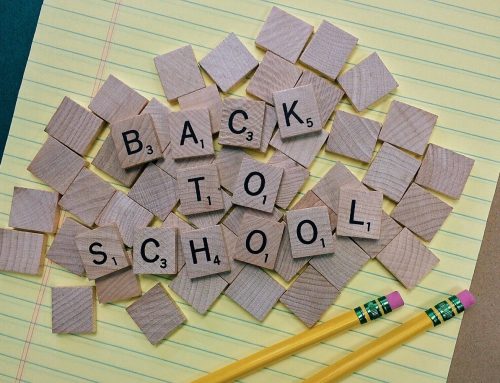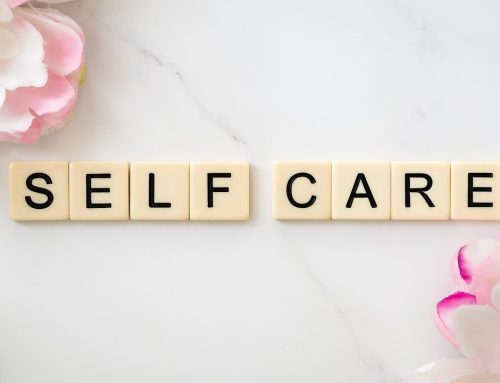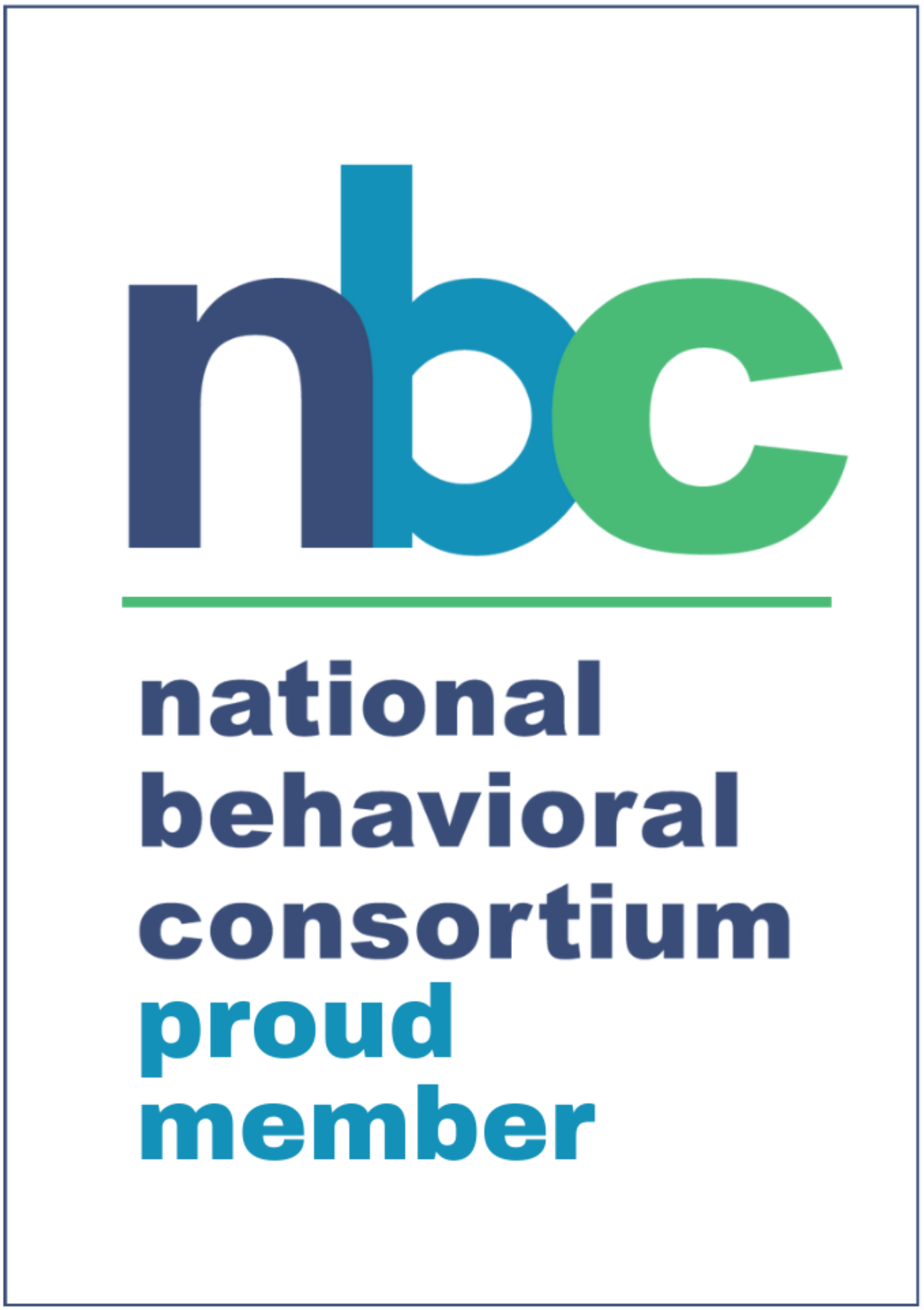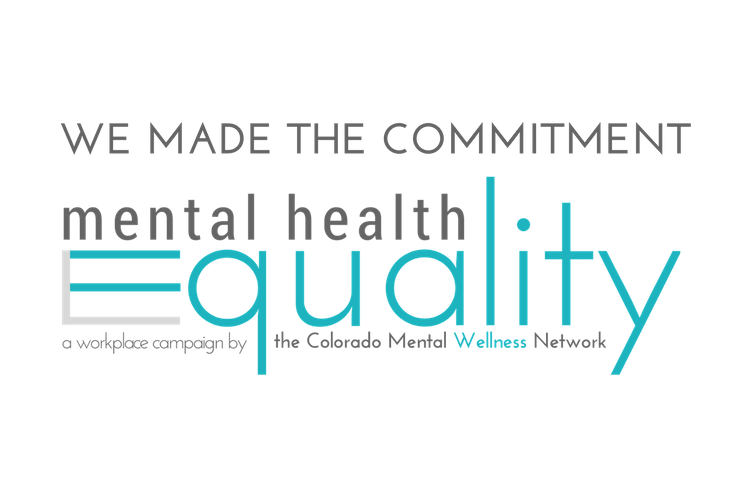We have all grown up with at least one kid in school whose main goal in life was to terrorize our classmates in any and every way possible. Some of us feared this kid. Some of us hated this kid. And for the rest of us, there was likely a level of indifference for this kid because, for some reason, we managed to stay out of sight enough to not be one of his victims. In any case, we definitely didn’t want to be one of their targets. But how many of us can say that we had an ounce of empathy for the class bully? I know I never did. Any time something unfortunate happened to this bully, such as getting a referral to the office or getting suspended, there was always this feeling of redemption and that justice had been served! There was a sense of relief. That is, until the bully returned to school….
Bullying has become a pervasive part of our school communities. The bullying epidemic has become so pronounced that anti-bullying campaigns and programs have been forged to help protect the victims of bullies. But, what about the bullies themselves? How are we addressing the deeper rooted issues that cause these children to violate the boundaries of their peers? Quite often, behind every bully is an even bigger bully. Bullying behavior is learned and most bullies are being bullied themselves. In addition, it is often likely that bullies are suffering from some type of mental health or learning disability, which can impact their cognition, their ability to accurately interpret social interactions and cues, and their ability to properly identify and effectively communicate their feelings. When the consequences for bullying behavior are reactive rather than proactive, we find ourselves unintentionally perpetuating the bullying cycle. This in turn makes it difficult to be tolerant of, and patient with, children who engage in bullying behavior.
We start to label these children as “bad children.” We write them off and decide their fates for them because we are unaware of how to support them. The first way we can show empathy for bullies is to separate the child from the behavior. There is no such thing as a “bad child.” There is only bad behavior. Another way we can find empathy for bullies is to find out which positive adult role model the child likes most (i.e. school staff, family member, community member, etc.) and use that relationship to foster positive behaviors and interactions with others. Also, try and recognize and acknowledge any positive or desired behaviors, no matter how small or insignificant they may be. Positive reinforcement can go a long way. These are, by no means, a cure all for the bulling epidemic that is happening in our society. However, these are a couple of helpful examples that may enable us to have more compassion and empathy for bullies.
To Your Wellbeing,
Ashley Wiggins, MSW












Leave A Comment